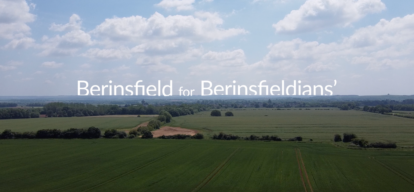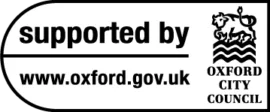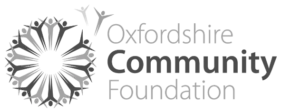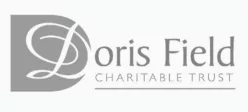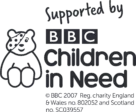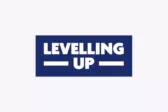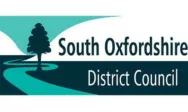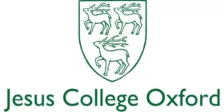John A. Blythe is an Oxfordshire-based artist, photographer and educator who explores light and time-based image making. His practice is concerned with both process and outcome and spans the boundaries between photography and painting. John is also responsible for reviving and relaunching the darkroom here at Fusion. In addition, he is part of our Artist Research Labs programme, which aims to help artists discover the next chapter of their practice.
For the programme we have brought together five artists who are interested in exploring, researching and reflecting on their practices, closely focusing on the question "what can make my practice sustainable?". The artists are keeping in contact over three months to investigate these ideas, feeding back their explorations and developments throughout. We caught up with John to find out more about his practice, how his work is evolving in dialogue with Artist Research Labs and how his art interfaces with science & ecology.
Can you tell us about your artistic practice and work you are currently involved with?
"Both as an artist and an educator, my interest is based in the arena of photography, my practice is focused particularly on physicality and our connectedness to the material. This feels much more relevant in our current situation as we have become cut off from much of the physical world that we took for granted. And like many of us, I have had to find new physical worlds to engage with. I have discovered so many new places within my local area, footpaths that have been on my doorstep for years, unnoticed (by me at least).
"While I have always had the need to get out into nature, exploring and discovering new paths – particularly stretches of the Thames – has offered me real comfort."
This has also fed back into my art practice. Being without access to my studio for the first few months of lockdown provided an opportunity for me to look more to my immediate surroundings and re-engage with old knowledge. A new strand to my art practice has emerged that explores image making practices that go back to the beginnings of photography in the 19th century and even earlier, using natural materials found in my local area, either in their own right, or in concert with photographic film and paper. I’ve been making photographs on leaves using natural photosynthesis and extracting chemicals found naturally in plants to make developers for film and paper. It has been a really interesting integration of the technological with the natural. I’ve been able to connect with other artists all over the world exchanging knowledge and experiences in a shared desire to find alternatives to technological approaches to photography!"

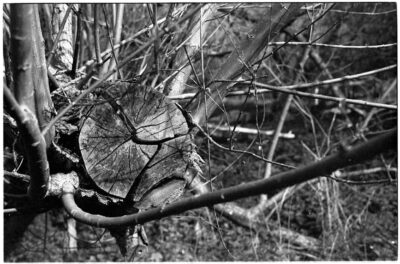
"I used Chard growing in my garden to make film developer. The above images were both developed using this method, the film was then scanned rather than printed."
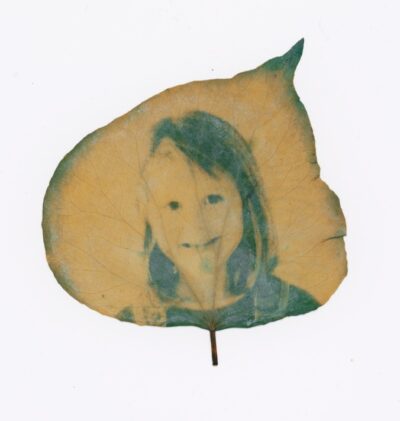
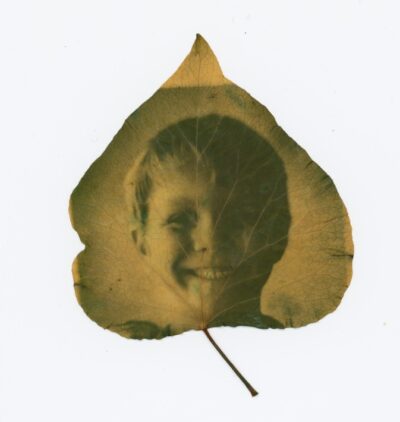
"These two images were made on Ivy leaves growing on a fence that boarders the pavement at the end of my road."
In what ways are you hoping to develop your practice using the Fusion Artist Research Labs programme?
"The Research Lab has come at a very opportune time. I find it harder to motivate myself during the winter and this year, that feels doubly so. This residency has provided me with a welcome opportunity to take stock, look at the different strands that have emerged during the very different experience of making art and sharing knowledge in the last year and ask myself how they might become integrated into my existing practice as an artist and teacher.
"The idea of connecting art making and the natural environment – particularly working with plants, is not new, but feels much more urgent in our present environmental crisis."
The need to establish a new philosophy of thinking about my relationship with the natural world, not as something other or out there, but rather as something inextricable from myself and my sense of identity, is a wisdom that I would like to embed further in my practice and teaching. While there is a very practical necessity to make my photographic process more sustainable and less environmentally damaging, there is also the opportunity to make connections between these alternative approaches to image making and the natural ecology of plant systems. As we are slowly relearning, nature has always had the answers."
Could you recommend another amazing artist or creative resource for us to check out?
"I’ve got much more into podcasts over the last year, Have you heard George’s podcast I think has to be one of my all-time top tips (my suggestion is to start at the beginning), and Ologies, just to indulge my inner random knowledge nerd. Also Recording Artists is a really interesting format from Getty that uses lots of historical recordings of artists in conversation, within an in-depth narrative of their life story. If you access it from the getty.edu website each podcast comes with a complete transcript as well.
I’m dyslexic, so reading is something I have to be selective about, but Jane Bennett’s book Vibrant Matter was well worth the effort. A fascinating discourse on the politics of materialism and our current unsustainable consumption, but more so an alternative philosophy of things and how we might engage differently with the material world."
How does your practice engage with science and ecology?
"While preparing for this Artist Research Labs residency, I came across a definition of sustainable development set out in the Brundtland Report (1987):
'Humanity has the ability to make development sustainable to ensure that it meets the needs of the present without compromising the ability of future generations to meet their own needs'
I don’t consider myself a scientist in the conventional sense of the term, but I do engage with science and bring scientific knowledge and methodologies into play with my artistic creativity. However, I don’t see science as a solution in itself, but it does offer me tools which I can integrate with insights I draw from plant ecology and natural systems. This approach may offer me a route to an art practice that better reflects the ideal set out above."
You can find more about John's work on his website and follow his Instagram for updates.

